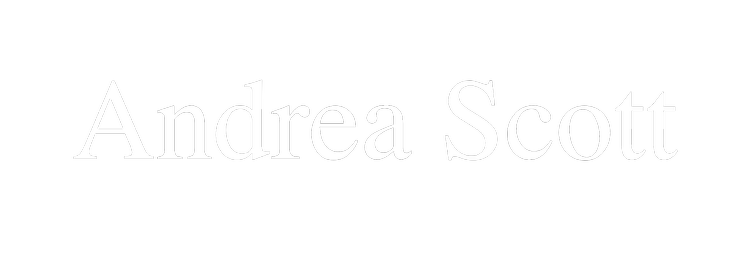On the morning of the first rehearsal of Controlled Damage, my first solo mainstage production, I thought it would be illuminating to share the pitch I sent to artistic directors across the country over the last 2 years to secure a presentation. The genesis of the piece in 2015 to where it is now, being directed by Nigel Shawn Williams at Neptune Theatre in Halifax, Nova Scotia, is a very long story for another day. Here is the pitch:
Controlled Damage is a play that will be, in the strictest sense, a biopic, about Viola Desmond, an ordinary woman forced to be extraordinary by an unyielding and racist government. My take on a woman, about which we know very little, is to see her as a tragic hero whose flaw was hubris in a country that expected absolute fealty from its subjects.
1837: The Farmers Revolt becomes art when it stands as more than another rebellion story, but as a rejection of passivity in the face of governmental imperialism. Harlem Duet is at its best when it becomes more than a story about a woman scorned and builds bridges between classical text and how romantic dissolution can symbolize rejection of race.
Like Riel or Angelique, Viola Desmond in Controlled Damage is a compelling figure but she is also a vehicle for making statements about Canada and its slow progress on social justice, civil rights, and the exclusion of diverse voices that have occupied its land for hundreds of years.
The grand theme here is Wo(man) against Society. It is a story about a woman who is a successful entrepreneur that runs up against sexist and racist institutions that use legal loopholes and specious reasoning to keep her from exercising her full personhood. In a world where the game was rigged against anyone perceived as ‘Other’, Viola Desmond expected equality in a country where racism was de rigeur, but racial segregation was not enshrined into law. We as the audience watch her, knowing she was right, but cognizant that her pride in not giving up will lead to her downfall.
Structurally, the play has Viola as its nexus, the moral compass that pushes back against the status quo. Radiating throughout the piece are vignettes that sharpen the focus of a Canada struggling with the ideas of inclusion, racism, and equality. Some characters will be seen throughout the entire play in different time periods and interacting with Viola. Other characters exist to indicate a mindset of a specific demographic not usually heard on Canadian stages. Some of these characters, however small their part, are drawn to indicate that off the stage and page, they have fully realized lives that were influenced by Viola Desmond’s attempt to have her conviction overturned.
In the end, the cost to all sides begins to suggest not so much the fight for equality, but rather, the classic human struggle to be seen and valued.
At the end of 120 minutes the reward for the audience – who’ve been lured to the theatre to consume a ‘woman done good’ story – is not the gratification of seeing the protagonist achieve her goal. Instead the conclusion is something Sophocles or Wajdi Mouawad might recognize: a Canada, still searching for an identity that respects and recognizes everyone within its borders in spite of the violence it inflicts on them in the name of nationalism on a daily basis.
